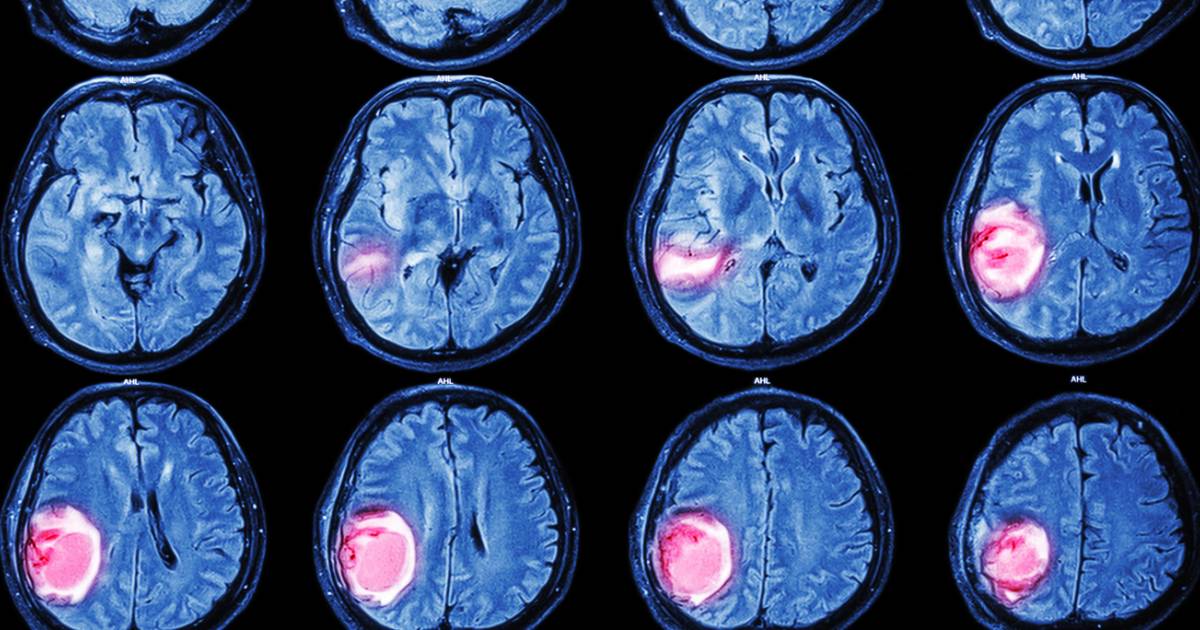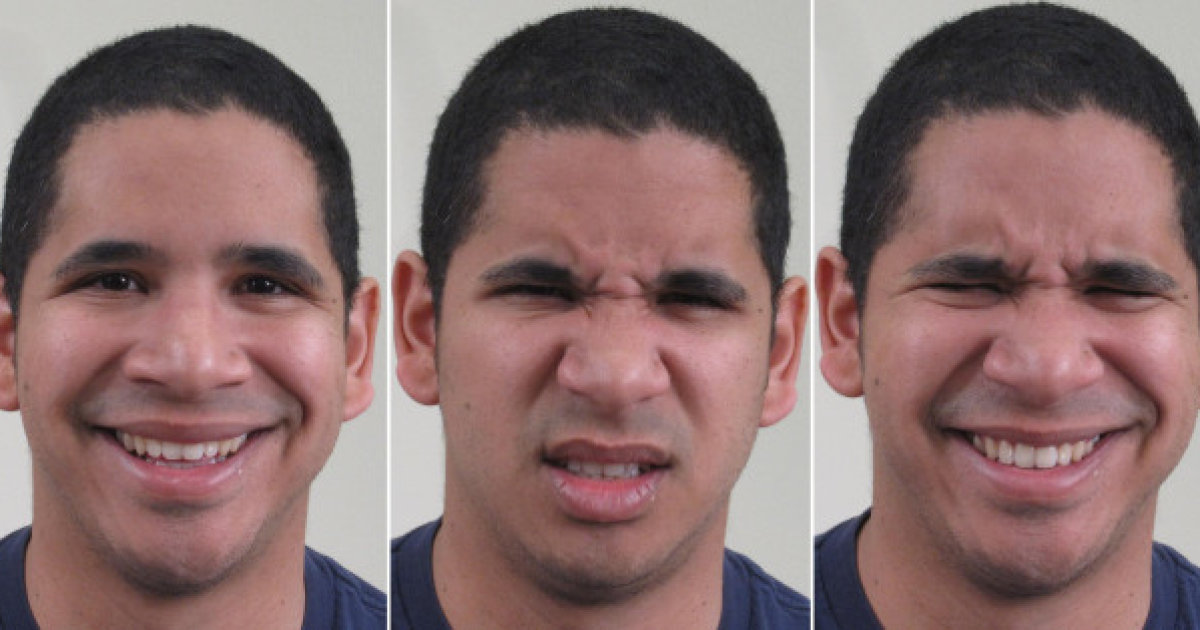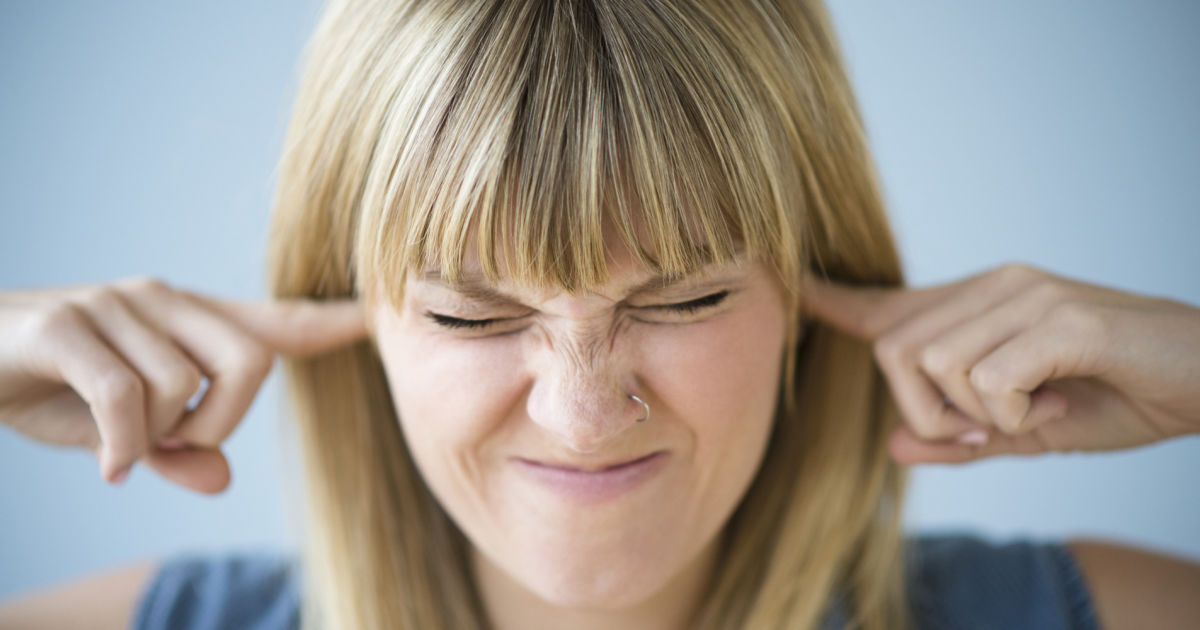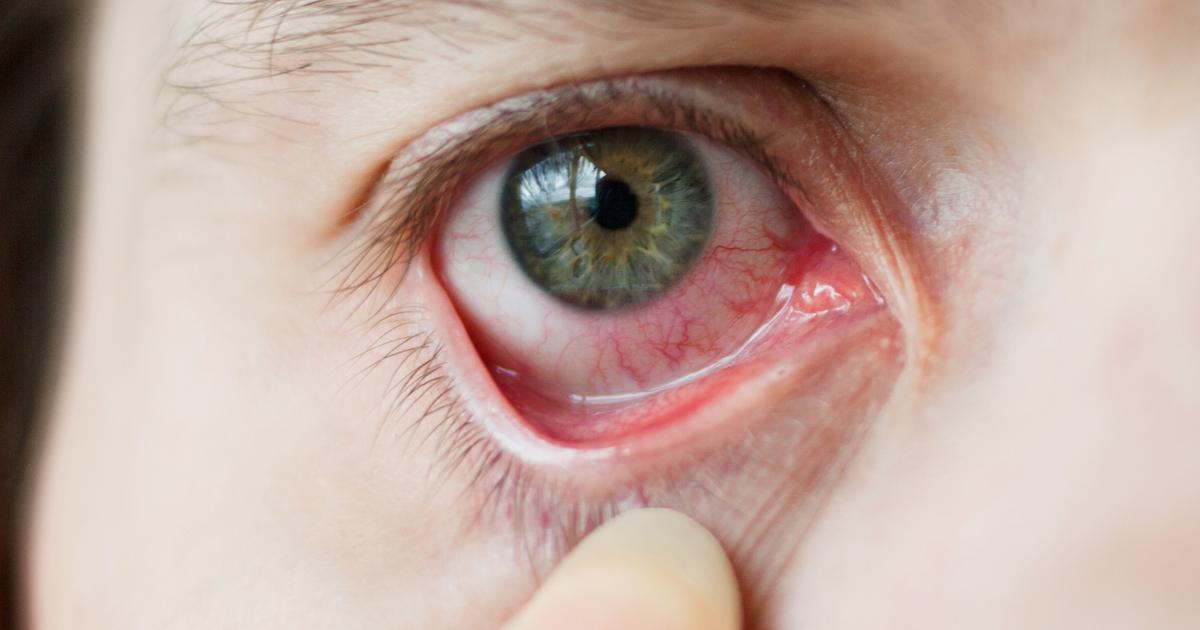Warning Signs Of Bell's Palsy
Bell's palsy, a type of facial paralysis, is a disease that causes one side of the face to droop. It's typically a temporary condition that will resolve on its own, although this can take a considerable amount of time generally measured in a time frame of several weeks to months. The condition affects the seventh cranial nerve, which in turn causes weakness in the facial muscles it controls. Individuals with Bell's palsy may look as though they have had a stroke, but a stroke is an entirely different condition. Bell's palsy can be treated, but it cannot be cured. Start reading now to reveal the most common warning signs of Bell's palsy now.
Weakness In Face

Damage to the seventh cranial nerve causes Bell's palsy. This nerve weaves in a delicate path through the skull, where it is encased by bone on all sides. When the nerve is traumatized, it swells, and as a result, this causes pressure from the surrounding bone. This pressure disrupts the normal function of the nerve, which is to control the facial muscles. Because of these, one of the hallmark symptoms of Bell's palsy is a weakness in the face. In this condition, facial muscle control is severely deranged, and the simplest expression is all but impossible. This weakness can also result in difficulty eating and drinking. There may also be problems with normal speech.
Get to know more symptoms of Bell's palsy now.
Facial Muscle Twitches

When the function of the seventh cranial nerve is disrupted, it can also cause twitching in facial muscle. This can be the result of nerve compression against a section of bone, or because of inflammation. This cranial nerve, like all nerves, has a protective coating consisting of a fatty substance called myelin, called the myelin sheath. This sheath is essential for normal nerve function. When the myelin is damaged, it's similar to a damaged electrical cord. When an electrical cord isn't intact, it can't conduct electricity smoothly. Something similar happens with the cranial nerve, as when the myelin sheath isn't intact, signals from the brain can't travel along properly. The brain's signal is interrupted like a short in a cord. The result can be the twitchy facial muscle movements seen in some patients with Bell's palsy.
Keep reading to reveal more warning signs of Bell's palsy now.
Headaches

When the seventh cranial nerve swells and presses against the bone passage surrounding it, pain often results. Headaches, or pressure in the head, are a common symptom of Bell's palsy. Head pain may be accompanied by the inability to completely close the eye on one side of the face. Eye patches and special drops are then needed to protect the eye. This may also indirectly help ease the head pain and any eye pain that may be present. Treatment for headaches due to Bell's palsy is typically the same as treating a headache for any other reason. Focus on reducing inflammation and getting some rest to relieve the pain in the head as much as possible. Treatment for a headache may also help reduce other Bell's palsy symptoms.
Continue reading to reveal more symptoms of Bell's palsy now.
Drooling

Babies drool because they don't yet have the fine motor control to prevent it. Sometimes even healthy adults can drool a little while they are sleeping. However, drooling in an adult who is awake and aware is not normal. In fact, it's a sign of neurological damage. The seventh cranial nerve directly controls the orbicularis oris muscle, which surrounds the mouth and lips, of the face. It's necessary for activities such as opening and closing the mouth and for playing certain brass musical instruments like the trumpet. The orbicularis oris muscle is also known as the kissing muscle. When the cranial nerve is swollen and inflamed, it is weak and cannot function properly. It can't properly control the mouth, often causing the mouth to remain slightly open, resulting in drooling.
It's time to reveal the details about the next warning sign of Bell's palsy. Keep reading!
Difficulty Making Facial Expressions

The seventh cranial nerve is also responsible for facial expressions like smiling and winking, and when it's inflamed, or its myelin sheath is damaged, the patient will have difficulty making facial expressions. The cause is very similar to those of facial twitches. It's quite psychologically distressing when one cannot form normal facial expressions. Patients may also notice a difference in the amount of saliva or tears. The sense of taste may be affected because the cranial nerve also controls the facial nerve, the chorda tympani, that sends taste sensations from the tongue to the brain. The frontalis muscle, located in the forehead, controls the eyebrows. Bell's palsy patients are often not able to move the eyebrow on the affected side of the face. Some patients may experience pain in or behind the ear. Others may notice facial numbness.
Uncover more indicators of Bell's palsy now.
Jaw Or Ear Pain

The facial nerve exits the skull through a small canal located below each of the ears at the top of either side of the jaw before it branches out into numerous segments outside of the skull. When this nerve becomes inflamed and swollen, it can become compressed by the skull because the bony canal it runs through is not large enough to accommodate an inflamed and swollen facial nerve. Because the canals in the skull where the facial nerve exits are close to the jaw and ear, other neighboring nerve endings can become inflamed and cause pain sensations. An individual experiencing ear or jaw pain from Bell's palsy will usually only experience these symptoms on a single side of their face.
Read more about the symptoms linked to Bell's palsy now.
Increased Sound Sensitivity

Increased sound sensitivity describes when ordinary sounds seem louder than usual and cause discomfort or pain. Common sounds that can be bothersome to affected individuals include kitchen appliances, car engines, loud conversations, and running faucets. This increased sound sensitivity is a result of some mechanism causing the brain to receive exaggerated or confused sound vibrations from the ear. When the facial nerve becomes compressed because it is too swollen to pass through the skull canal without interference, the stapedius muscle can become paralyzed. The stapedius muscle is a very small muscle located in the middle ear that is directly connected to the stapes bone. Sound waves from everyday sounds enter a healthy ear and cause the stapes bone to vibrate. The stapedius muscle helps stabilize the stapes bone when sound waves from loud noises enter the ear and cause intense vibrations. When this muscle does not function properly due to Bell's palsy, the patient will experience hyperacusis.
Get more information on the warning signs of Bell's palsy now.
Decreased Sense Of Taste

When food molecules dissolve on a healthy individual's taste buds, this interaction is what allows for taste. Cells that make up the taste buds have receptors that secrete neurotransmitters when certain substances are ingested and mix with saliva. These neurotransmitters that are released send an activation to the sensory neurons in the glossopharyngeal and facial cranial nerves. The glossopharyngeal nerve connects to the taste buds in the back two-thirds of the tongue. An individual's facial nerve is connected to the taste buds on the front third of the tongue. When the facial nerve becomes compressed by the canal in their skull due to swelling from Bell's palsy, it may not work correctly. An individual with Bell's palsy will experience this decreased sense of taste in the front part of their tongue due to this anatomical arrangement.
Discover additional symptoms of Bell's palsy now.
Dry Mouth And Dry Eye

Dry mouth, also called xerostomia, describes when the salivary glands do not produce an adequate amount of saliva to maintain proper moisture in the oral cavity. Dry eye is when the eyelid glands do not produce enough of a tear film to maintain the proper moisture and protective layer in the eye. Bell's palsy can cause the muscles that work with the parotid, sublingual, and submandibular salivary glands to become functionally impaired. This malfunction makes them unable to secrete an adequate amount of saliva. Likewise, Bell's palsy can cause the malfunction of the muscles and nerves that operate the meibomian and lacrimal glands, which stops tears and oils from reaching the surface of the eye. These mechanisms are what produces dry eye and mouth in Bell's palsy.
Learn more about the warning signs associated with Bell's palsy now.
Issues Drinking And Eating

The facial nerve affected by inflammation and swelling that occurs in Bell's palsy branches into numerous segments that maintain control over the muscles that move different parts of the face. One of these segments controls the individual's ability to use their tongue properly when they are eating and drinking. The tongue plays a large role in chewing and propelling food to the back of the mouth for swallowing. Sensation in the tongue is also provided by branches of the facial nerve, which can make it difficult for an individual to use it properly when speaking. Another branch from the facial nerve controls an individual's ability to close their mouth and hold their lips in a position that keeps food and drink from spilling out when they are chewing and swallowing. An affected individual may not be able to position their lips around a cup or eating utensils due to paralysis of these muscles, which results in the leakage of food and or drinks from the mouth.
